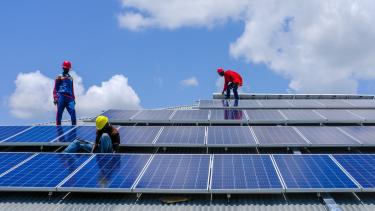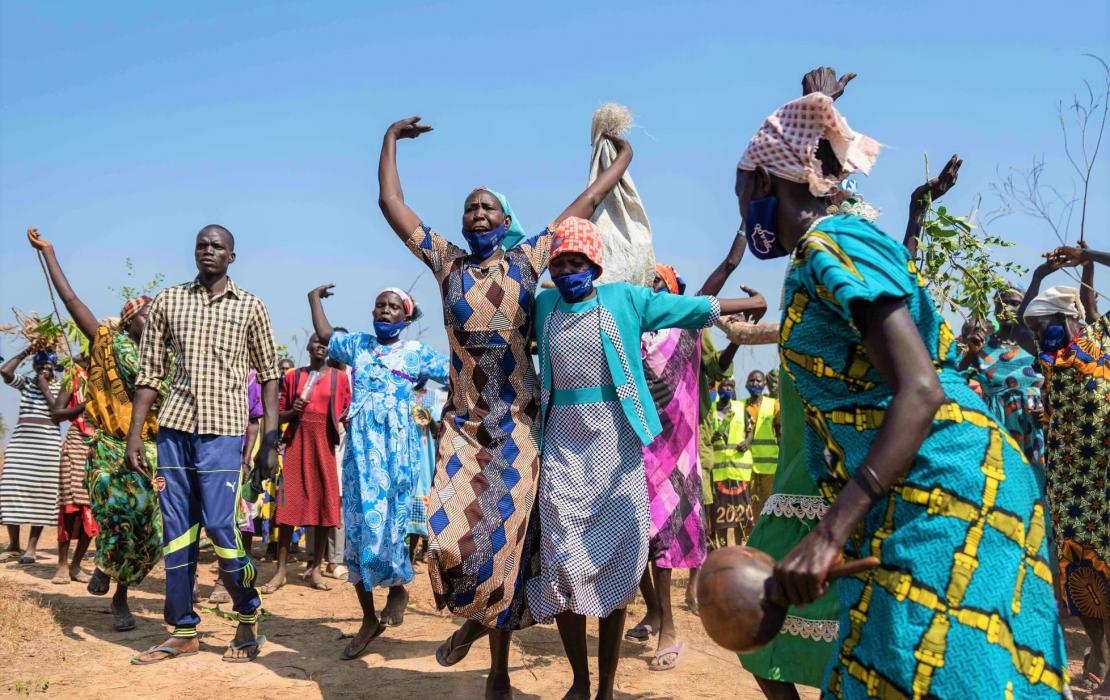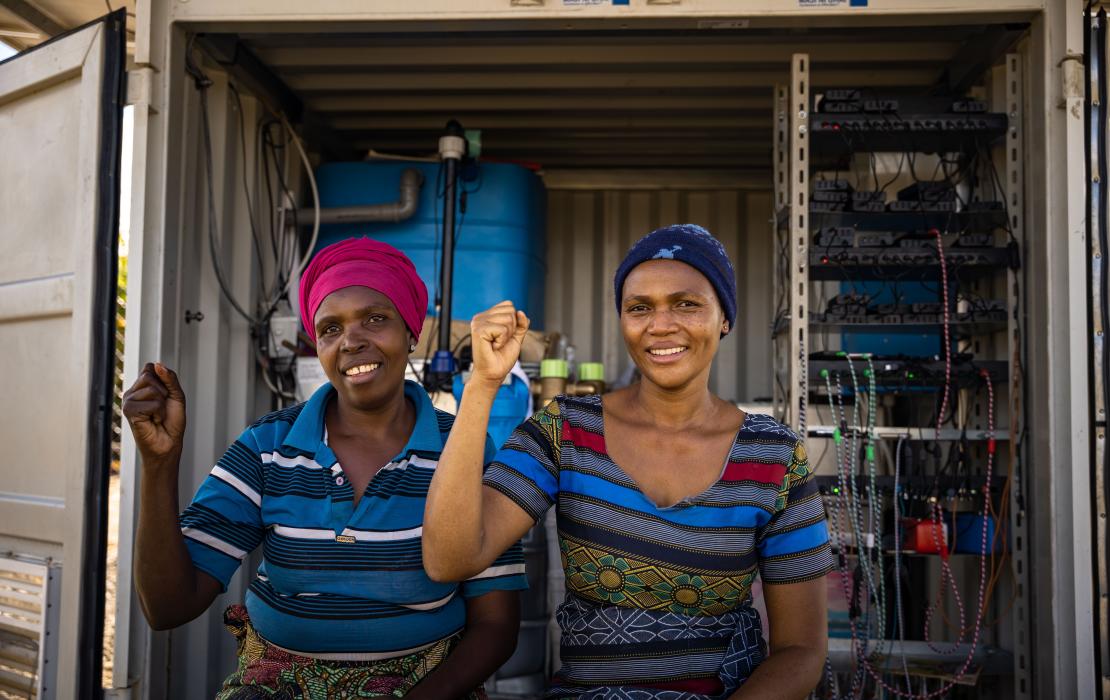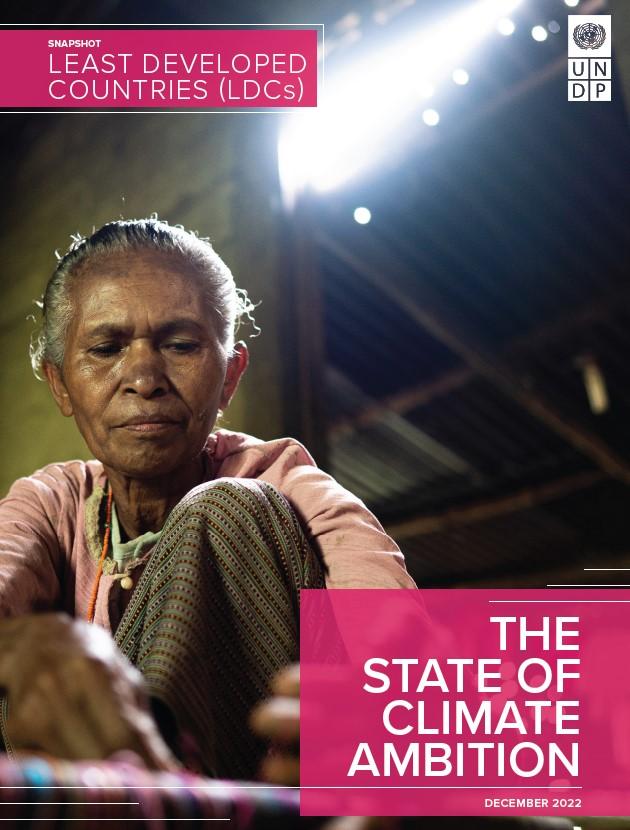0.15%
Share of global GHG emissions
Based on data from Climate Watch (CAIT 2020), developed and maintained by the World Resources Institute. #191
Human Development Index ranking
A lower number means a better human development score. Based on the Human Development Index (2021), developed by UNDP. NDC Status
South Sudan submitted its second NDC in September 2021.
Key highlights from the NDC
- A post-conflict nation and one of the world’s least developed countries, South Sudan is in pursuit of a low-carbon, climate-resilient pathway which also delivers economic development.
- With this vision, South Sudan defined a set of measures and targets, by sector, with potential to reduce 109.87 million tonnes of CO2 equivalent, sequestering a further 45 million tons by 2030.
- The revised NDC also lists adaptation measures for 14 priority sectors.
Adaptation and resilience areas in the NDC
- Agriculture
- Energy
- Environment
- Health
- Land use, Land-use change and forestry
- Transport
- Water
- Disaster Risk Management
Latest Publications
See allLeast developed countries (LDCs) are low-income countries confronting severe structural impediments to sustainable development.




